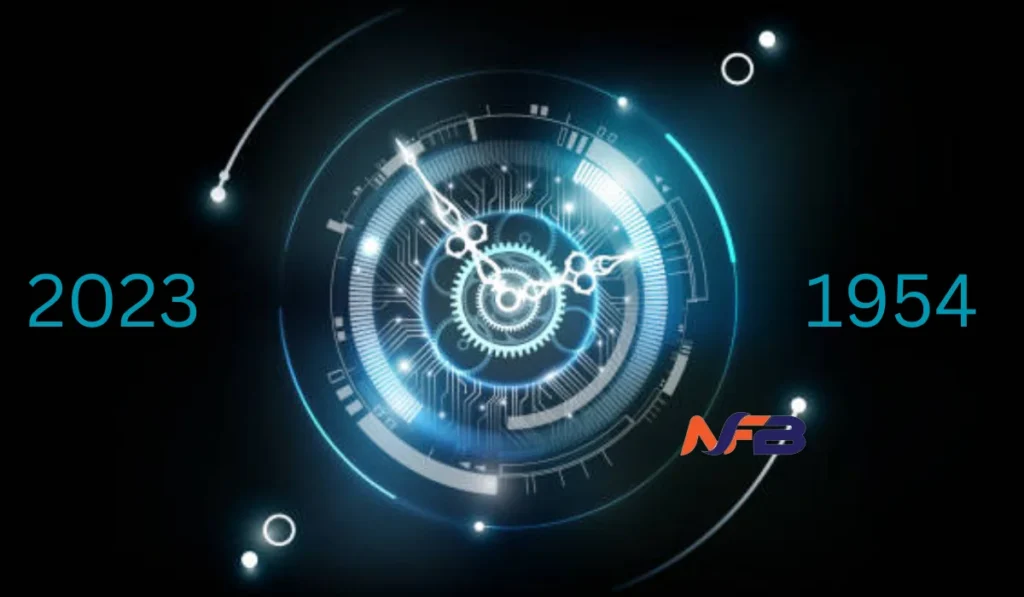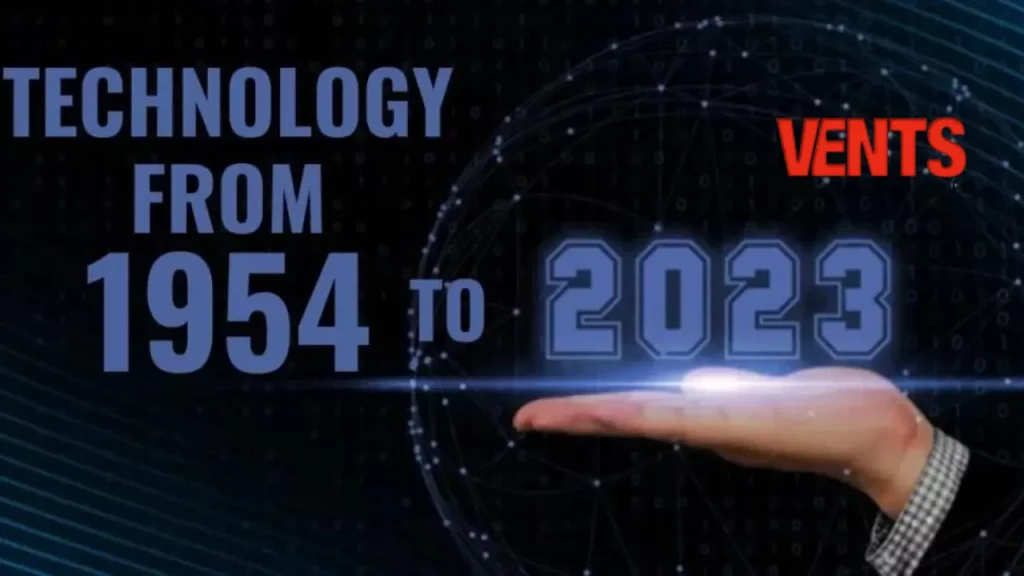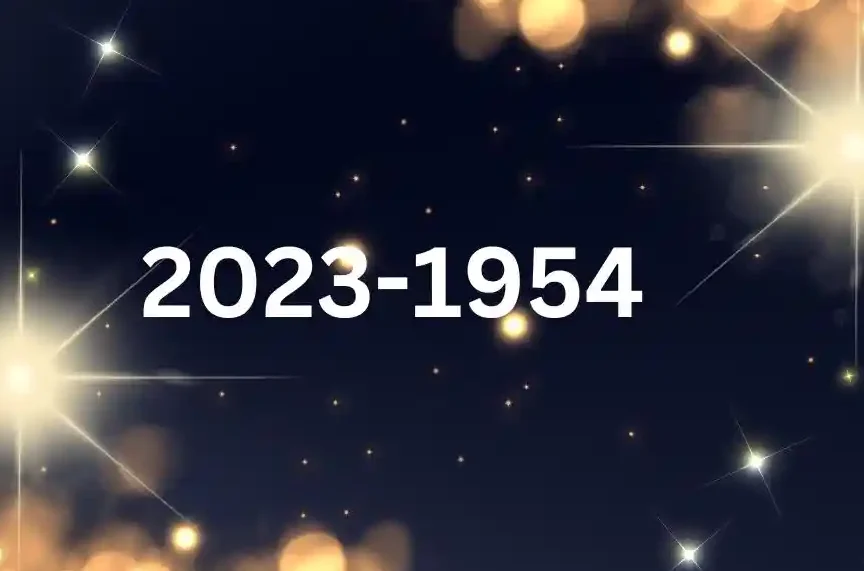Table of Contents
Introduction to the Years 2023-1954

Have you ever wondered how some years in history reflect each other? Consider, for instance, the years 2023-1954. They may appear different at first glance, as rapid technological advancements and social changes highlight one, while the other is marked by post-war recovery and cultural changes. However, looking beneath the surface, we find striking similarities that tell us much about our human experience.
Both years narrate stories of resilience and metamorphosis, from political landscapes to technology breakthroughs. Cultural vibes are expressed through music and fashion, while global events shape people’s views on what it means to live now. Join us as we discover these intriguing links between twenty-three and nineteen fifty-four, which give us an idea of where we have come from and what may lie ahead for us!
Political Climate: Similarities and Differences
It is ironic how different the political environments of 2023 and 1954 are. In both years, states faced significant obstacles that informed their leadership.
1954 was the height of the Cold War. During this time, countries formed alliances, there was a severe fear of communism, and there were worldwide tensions. However, in 2023, geopolitical rivalries increased to the point that they are now digital warfare and economic sanctions.
Public opinion also shapes politics significantly. People’s movements for change in both these periods were active expressions of concerned citizens, whether civil rights or climate action campaigns today.
Then again, technology has revolutionised how information is shared today. Social media platforms now impact public thoughts on anything immediately; news goes viral.
Although they grapple with issues unique to their times, world leaders still deal with fundamental aspects of power relationships that have remained unchanged over several generations.
Technological Advancements: Then and Now

The year 1954 was about to bring significant changes in technology. The introduction of the first computers for commercial purposes started changing industries. They consumed much space and energy and were capable of only a fraction of what they would become.
It is now 2023. Devices we can carry around and connect globally at speeds close to lightning have been developed. Smartphones are now mini-computers that enable access to vast amounts of information within seconds.
The advent of artificial intelligence has forever changed daily life. Algorithms predict user behaviour, while intelligent assistants simplify tasks through voice commands.
Social media has also transformed how people communicate and share experiences. Initially just about networking in the early millenniums, these platforms have emerged as some of the most potent instruments impacting culture and politics today.
Each era contains its own needs through invention-1954 depicted the blueprint for today’s tech landscape decades later.
Cultural Trends: From Music to Fashion

Music in 2023 reflects the vivacity of 1954 but with a twist. Streaming platforms have taken over the music scene today, featuring numerous genres at the click of a button. Artists collaborate across borders, producing fusion sounds that defy conventional labelling.
Conversely, rock ‘n’ roll was born in the music industry in 1954. Figures such as Elvis Presley emerged, shaping youth culture and rebelling against societal norms. This era gave rise to future musical revolutions.
Fashion, too, plays between decades like this one. Present-day designers borrow from past aesthetics to bring back old-fashioned styles. In addition to feeling nostalgic, oversized silhouettes and retro prints can incorporate modern twists.
Conversely, in 1954, fashion was all about glitz and grace, personified by charismatic icons such as Audrey Hepburn and Marilyn Monroe. The style had so much allure, and high fashion seemed so distant from everyday wearable clothes, yet it set trends for many years that still resonate with our current preferences.
Global Events: Overlapping Moments in History
Many significant global events changed various societies in 1954 and 2023.
By 1954, the World had had a great deal of time to recover from World War II.
Although the end of the War caused profound wounds, nations started rebuilding. Some important diplomatic undertakings were seen in significant milestones, such as the Geneva Conference.
Fast forward to 2023, when geopolitical tensions flare up again in different regions. Climate change dominates conversations at international summits, while conflicts undermine global cooperation.
The search for peace is always ongoing. Both years reflect human attempts to deal with fragmentation and strive for harmony amid confusion.
Protests were prevalent during both eras, demonstrating citizen activism as a potent agent for change. Issues ranging from civil rights movements in the fifties to modern-day social justice campaigns resonate through time.
These instances remind us how history often repeats itself and underscore our collective defiance against universally faced problems.
Lessons Learned and Future Predictions
The lessons of 1954 and 2023 apply to today’s society. Adversity during both periods taught us that we should always be able to adapt to ambiguous times.
In 1954, Cold War tensions were rife among the nations. Today, geopolitical dynamics remain complex but increasingly interconnected through digital media. This means that collaboration is imperative for global stability.
Technological advances from each era have shown similar patterns of rapid change impacting daily life. In the ’50s, television transformed entertainment; now, AI shapes our interactions and work environments. Embracing innovation can lead to unforeseen opportunities.
Cultural shifts also provide insight. Music in both eras mirrored social moods – jazz and rock ‘n’ roll as opposed to pop and hip-hop music today. Artistic expression remains a bellwether of societal change.
Looking ahead, one can predict an even greater emphasis on sustainability as climate concerns dominate discourse across generations. Understanding history’s patterns empowers us to navigate future challenges effectively.
Conclusion
The astounding similarities between 1954 and 2023 expose much more than just historical coincidences. They demonstrate how human experiences are cyclical, ranging from political crises to cultural shifts. Both years show societies that adapt and respond to challenges with resilience.
Mirror history of 1954, and we can see that sometimes history repeats itself in ways we do not anticipate as we approach 2023. Communication and connection are continually reshaped by evolving technology, while cultural trends combine past influences with modern innovations. One can only imagine what future generations will think when contrasting their life experiences with ours.
Will they perceive any similar patterns? Based on these considerations, it is crucial to maintain awareness of historical contexts while engaging across various platforms today.
This ballet between these two stunning years reminds us that every now shapes the future somehow. Whether through politics or culture, every thread woven into society contributes to a larger tapestry rich in lessons and insights waiting for exploration.
FAQs:
Q: What is the topic of discussion in the article “2023-1954”?
A: This piece examines surprising linkages between 2023 and 1954.
Q: What does “2023-1954” mean regarding technological progress?
A: “2023-1954” shows how advancements in technology during these years have greatly affected daily life and communication.
Q: What cultural trends are discussed in “2023-1954”?
A: “2023-1954” discusses how music and fashion trends in both years reflect societal changes and influence future generations.
Q: How are global events compared in “2023-1954”?
A: In “2023-1954,” global events are compared by examining how both years dealt with geopolitical tensions and the pursuit of peace.
Q: What does “2023-1954” say about political climates?
A: “2023-1954” explores the similarities and differences in political climates, showing how leadership faced unique yet comparable challenges in both years.
Q: How does “2023-1954” connect history to the present?
A: This is how the years 2023-1954 were portrayed, connecting history with present-day events and future challenges in 2023; past happenings influenced our understanding of 1954.
Q: What is the importance of resilience in “2023-1954”?
A: The book “2023-1945” directly focuses on this theme, showing how societies handled radical transformations and problems that arose in 2023 and 1954, respectively, thus highlighting its significance.
Q: What is the perspective of “2023-1954” on the evolution of technology?
A: “2023-1954” views the evolution of technology as a continuous process that shapes communication, with roots in the advancements in 1954.
Q: What lessons does “2023-1954” suggest for the future?
A: “2023-1954” suggests that understanding historical patterns from 1954 can help navigate the complexities of the future.


